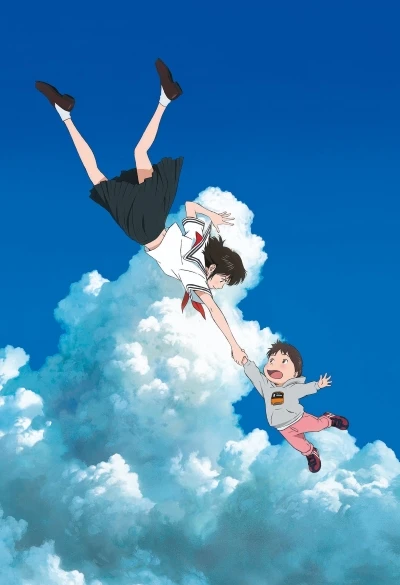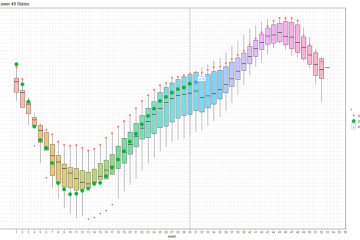Exploring the Mirai Movie: A Unique Tale of Family and Time

Introduction
‘Mirai’ is a 2018 Japanese animated film directed by Mamoru Hosoda. The film has gained immense popularity for its unique storytelling that beautifully blends fantasy with the everyday experiences of family life. It tells the story of a young boy named Kun who struggles with the arrival of his baby sister, Mirai, and ultimately learns about love, empathy, and familial bonds. The significance of ‘Mirai’ lies in its ability to resonate with viewers, making it not just a children’s film but a poignant story for audiences of all ages.
Plot Overview
The narrative begins with Kun, a four-year-old boy who becomes resentful and jealous of his newborn sister, Mirai, who takes away the attention from him. As Kun grapples with his emotions, he embarks on fantastical adventures through time and space. In these travels, he encounters his relatives from the past and future, leading to profound lessons about understanding, cooperation, and love. The film’s richly animated visuals and poignant narrative capture the essence of childhood and the changing dynamics within families.
Critical Acclaim and Awards
‘Mirai’ received critical acclaim for its originality and depth, being nominated for several awards, including the Oscar for Best Animated Feature. It won the Audience Award at the Annecy International Animation Film Festival, further solidifying its status in the animation sphere. Critics praised Hosoda’s ability to interweave personal experiences with universal themes, creating a film that appeals to diverse demographics.
Significance for Viewers
For audiences, ‘Mirai’ serves as a reminder of the timeless issues of sibling rivalry, the complexity of growing up, and the ever-changing family dynamics. The film encourages discussions around familial relationships and the emotions that accompany them. Its message about the importance of understanding and compassion resonates deeply, especially in today’s fast-paced, technology-driven world.
Conclusion
In conclusion, ‘Mirai’ stands as a testament to the art of storytelling in animation. It is not just a film about a young boy learning to accept his sister; itis a broader reflection on human relationships, empathy, and the journey of life. As viewers digest the emotional layers of ‘Mirai’, they are left with valuable life lessons that enrich their understanding of family and time. The film is a beautiful reminder that every family story is unique, and the love that binds them together is timeless.









